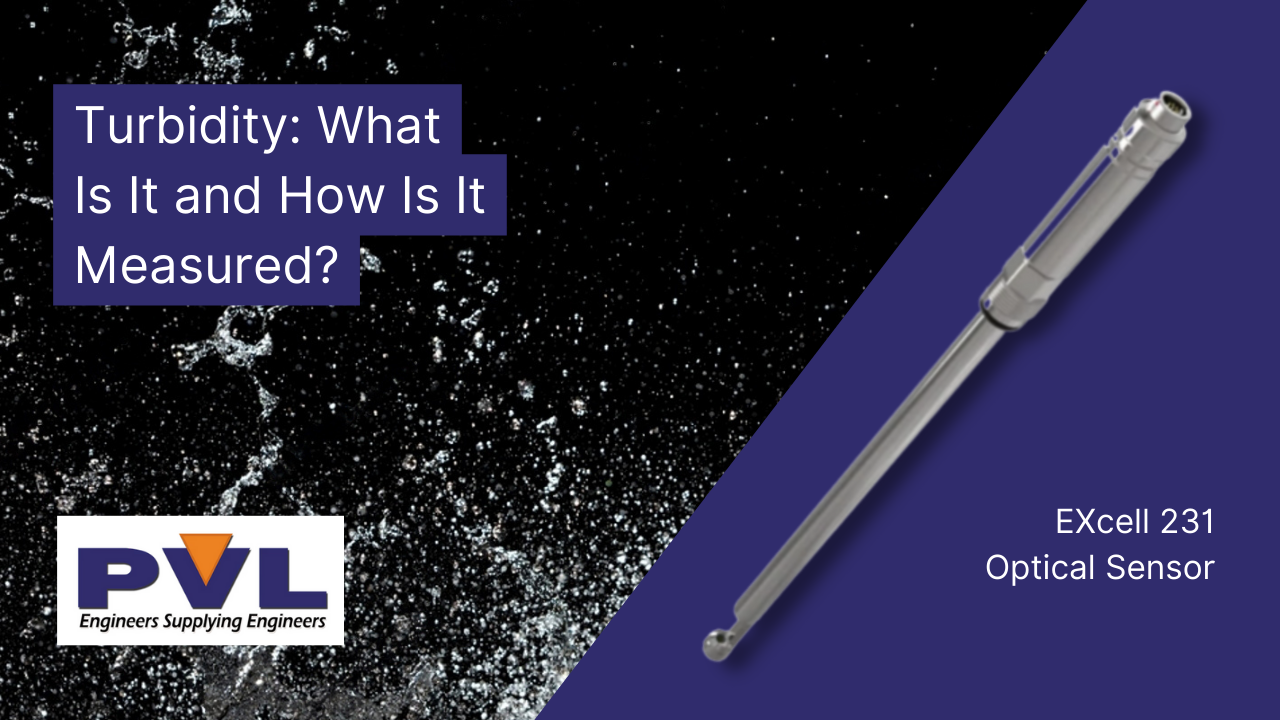
Turbidity: What Is It and How Is It Measured?
Turbidity might sound like a complicated word, but it's a relatively simple concept. It's all about how clear or cloudy the water is. Think about a glass of water. When it's crystal clear, you can see right through it. But when it's cloudy or murky, that's turbid water. Turbidity is a critical factor in understanding water quality, and in this blog post, we'll explore what it is and how scientists measure it.
What is Turbidity?
Turbidity refers to the haziness or cloudiness of a fluid, like water. It happens when tiny particles or solids are suspended in the liquid. These particles can be anything from dirt and silt to algae and other organic matter. The more of these particles in the water, the cloudier it becomes. Think of it like a snow globe – when you shake it, the snowflakes make the water look cloudy, just like the particles in turbid water.
Why is Turbidity Important?
Turbidity is a crucial indicator of water quality. Here are a few reasons why it matters:
1. Environmental Health: In natural water bodies like rivers and lakes, high turbidity can disrupt the ecosystem. It reduces the amount of sunlight that can penetrate the water, affecting plant growth and the animals that depend on those plants.
2. Drinking Water: For water treatment plants that provide drinking water, high turbidity can be a problem. It can make the water taste and smell bad and even pose health risks if harmful microorganisms exist.
3. Aquatic Life: Turbidity can impact fish and other aquatic creatures. It can make it harder for them to find food, reproduce, or avoid predators.
How is Turbidity Measured?
Scientists and water quality experts use a simple yet effective method to measure turbidity – they shine a light through the water and see how much is scattered or absorbed by the particles.
Here's how it works:
1. Turbidity Meter: They use a device called a turbidity meter or nephelometer. This machine emits a beam of light into the water sample.
2. Light Scattering: Particles in the water scatter the light in different directions. The more particles, the more scattered the light becomes, making the water look cloudy.
3. Sensor: The turbidity meter has a sensor that measures how much light is scattered. This measurement is often expressed in NTU (Nephelometric Turbidity Units).
4. Reading: The higher the NTU reading, the cloudier the water. If the water is clear, the NTU reading will be low. Turbidity measurements help scientists and water quality experts keep track of changes in water quality. This is important for ensuring safe drinking water, protecting aquatic ecosystems, and making informed water-use decisions.
Summary
Turbidity might be a big word, but it's a simple concept – it's about how clear or cloudy water is. This cloudiness can affect the environment, drinking water, and aquatic life. By using a turbidity meter to measure the haziness of water, scientists and experts can keep our water safe and healthy for all of us to enjoy. So, next time you sip clear, refreshing water, you'll know more about what makes it so pure!
Contact Us
Pressure Vacuum Level Ltd has been selling optical sensors for several years for turbidity measuring.
Don't hesitate to contact us if you have any questions about these products by emailing sales@pvl.co.uk or calling +44 (0) 1892 66 44 99


